4. Feet First
Bird feet are nearly as varied as beaks and equip a bird to thrive in its chosen environment. Here are few examples that illustrate the adaptations that enable birds to inhabit watery terrain, trees and forests and sandy, sparsely vegetated landscapes.
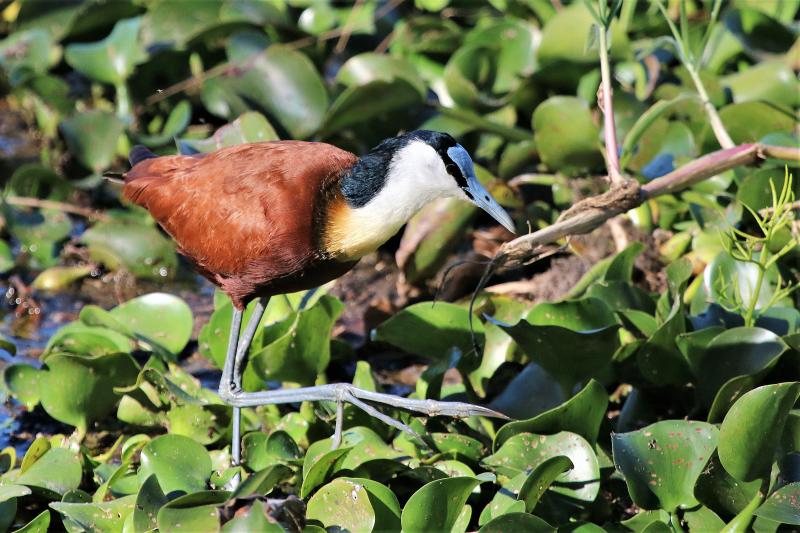
African Jacana
The beautiful African Jacana, photographed on Msuna Island, Zambezi River, Zimbabwe, has the largest feet for its size of any bird. The long toes enable it to walk safely over the aquatic plants that form a layer over the surface of the water.
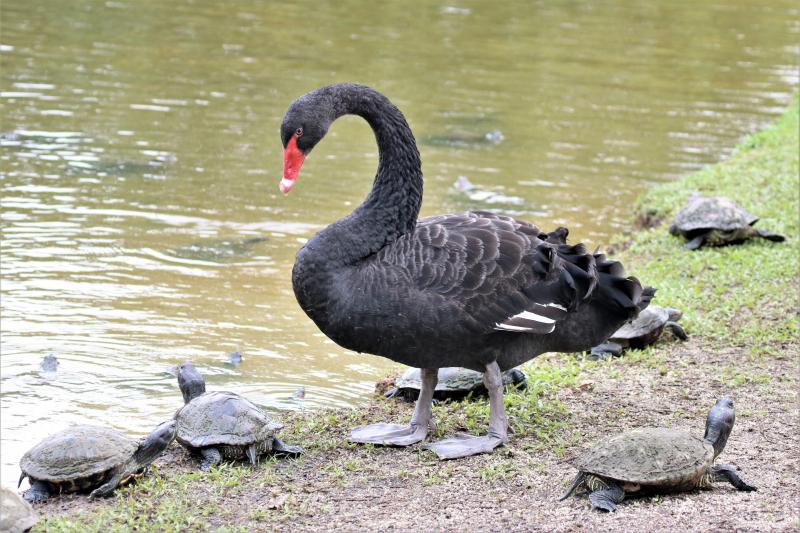
Black Swan
This black swan, sharing its space with a group of terrapins, was photographed in Singapore Botanic Gardens. Swans are efficient surface swimmers propelled by paddle like webbed feet that push back against the water. After each backward stroke the foot comes forward with the toes folded up so there is no resistance in the opposite direction.
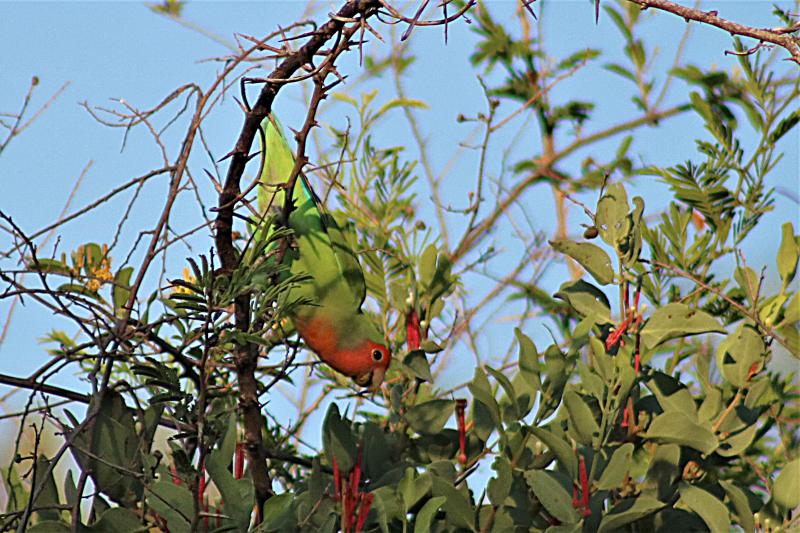
Rosy-faced Lovebird
This small parrot photographed at the Waterberg Plateau, Namibia, is typical of the family. With two toes pointing forward and two backwards (zygodactyl), its ability to grip is hand-like. Parrots are the best climbers and best at holding food and bringing it to their mouths.
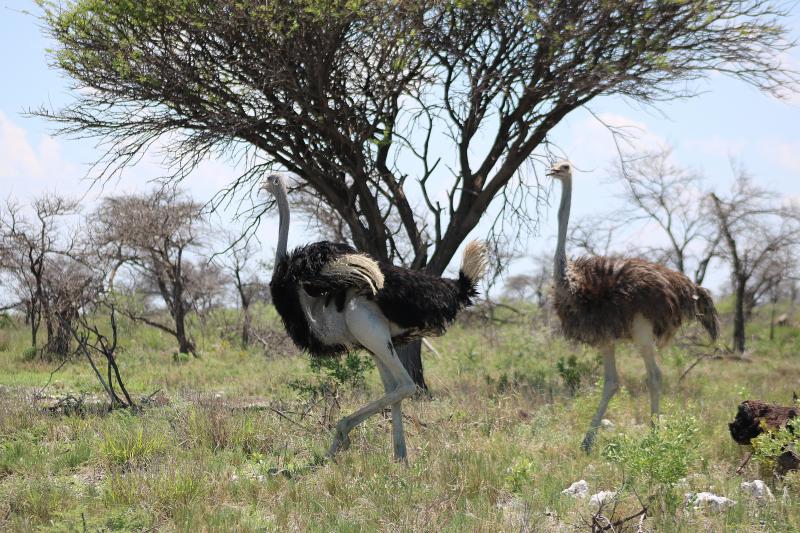
Ostrich
In contrast, the world's largest bird, photographed in Etosha National Park, Namibia, has only two toes one of which resembles a hoof. This in combination with their muscular thighs and long legs helps them to run at high speed even on soft desert ground. A flightless bird needs some advantage.
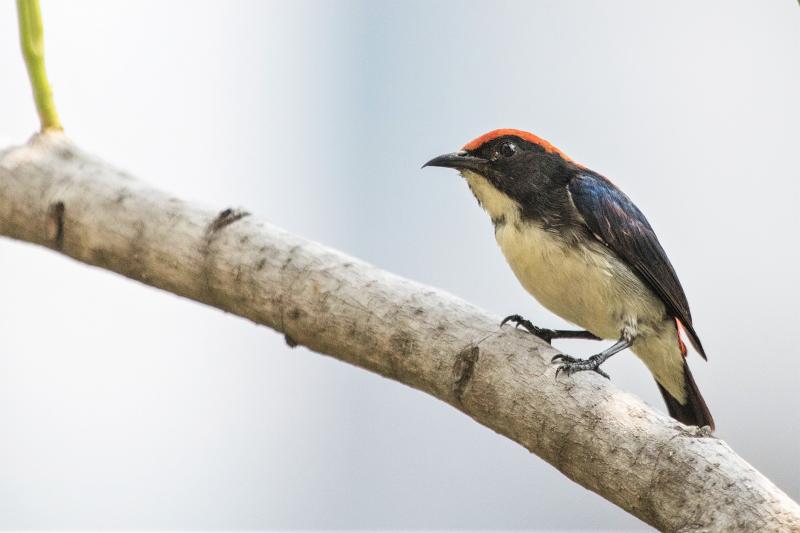
Scarlet-backed flowerpecker
This tiny bird photographed in Bangkok, has three toes in front and one facing backwards (anisodactyl). This is the arrangement for the majority of birds and enables them to perch comfortably. When they relax, the muscles in the legs and feet automatically tense so their grip is assured and they can sleep in this position.
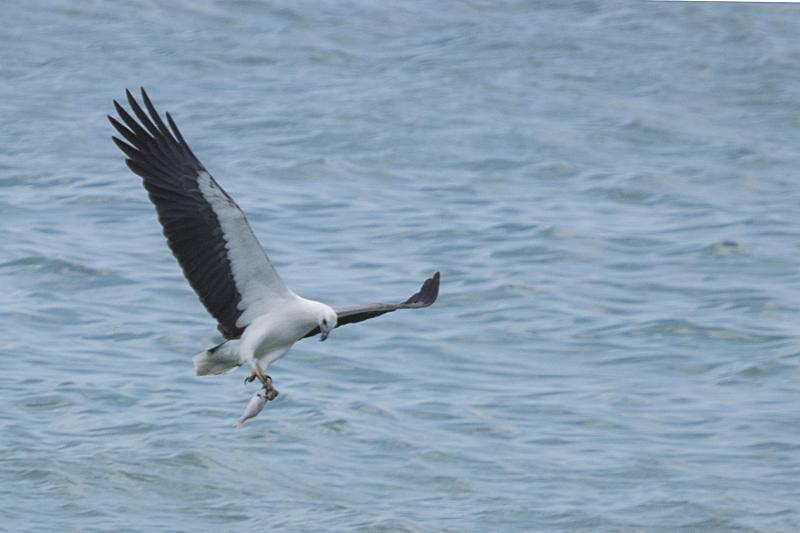
White-bellied Sea Eagle
The ferry from Koh Phangan had stopped at Koh Samui en route to the Thai mainland when I spotted this white-bellied sea eagle from the deck soaring hundreds of feet above my head. Suddenly it dived with tremendous speed and hit the water skewering a fish close to the surface with its clenched talons. It then proceeeded to carry the fish to shore to feast at its leisure or to provide for its young at a nearby nest. A demonstration of amazing eye sight, speed, accuracy, dexterity and the ruthless efficiency of its deadly talons.